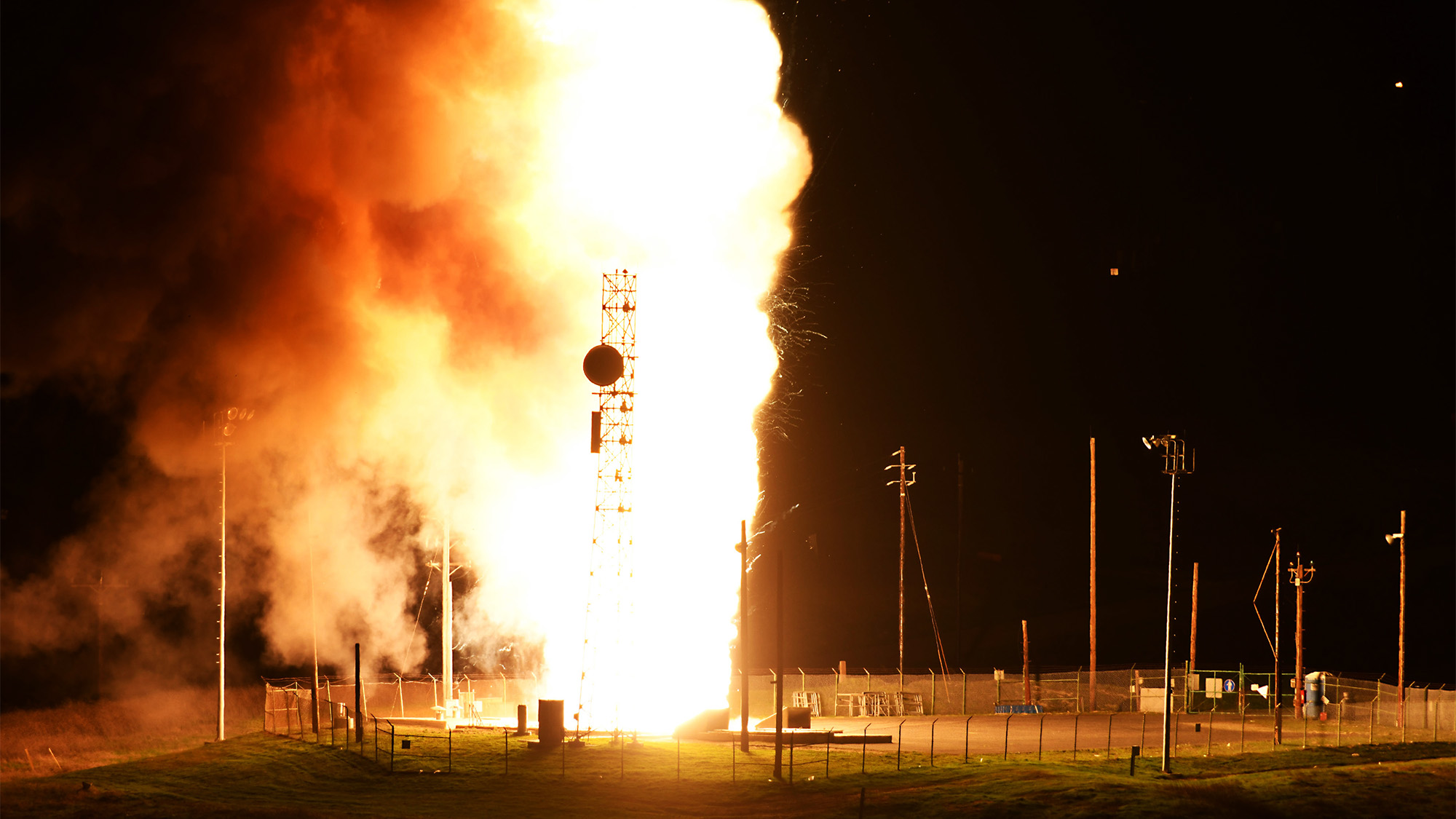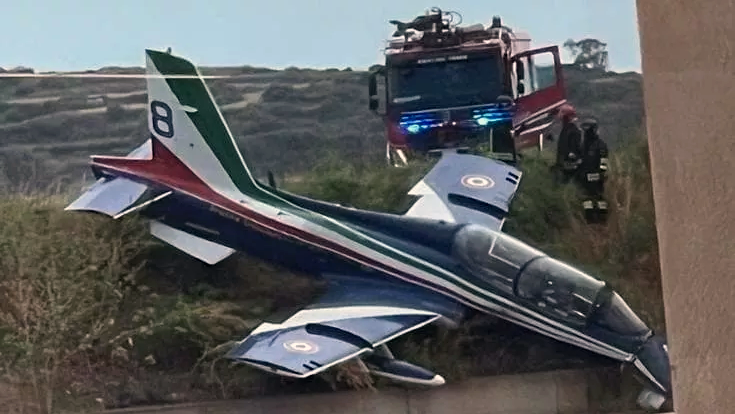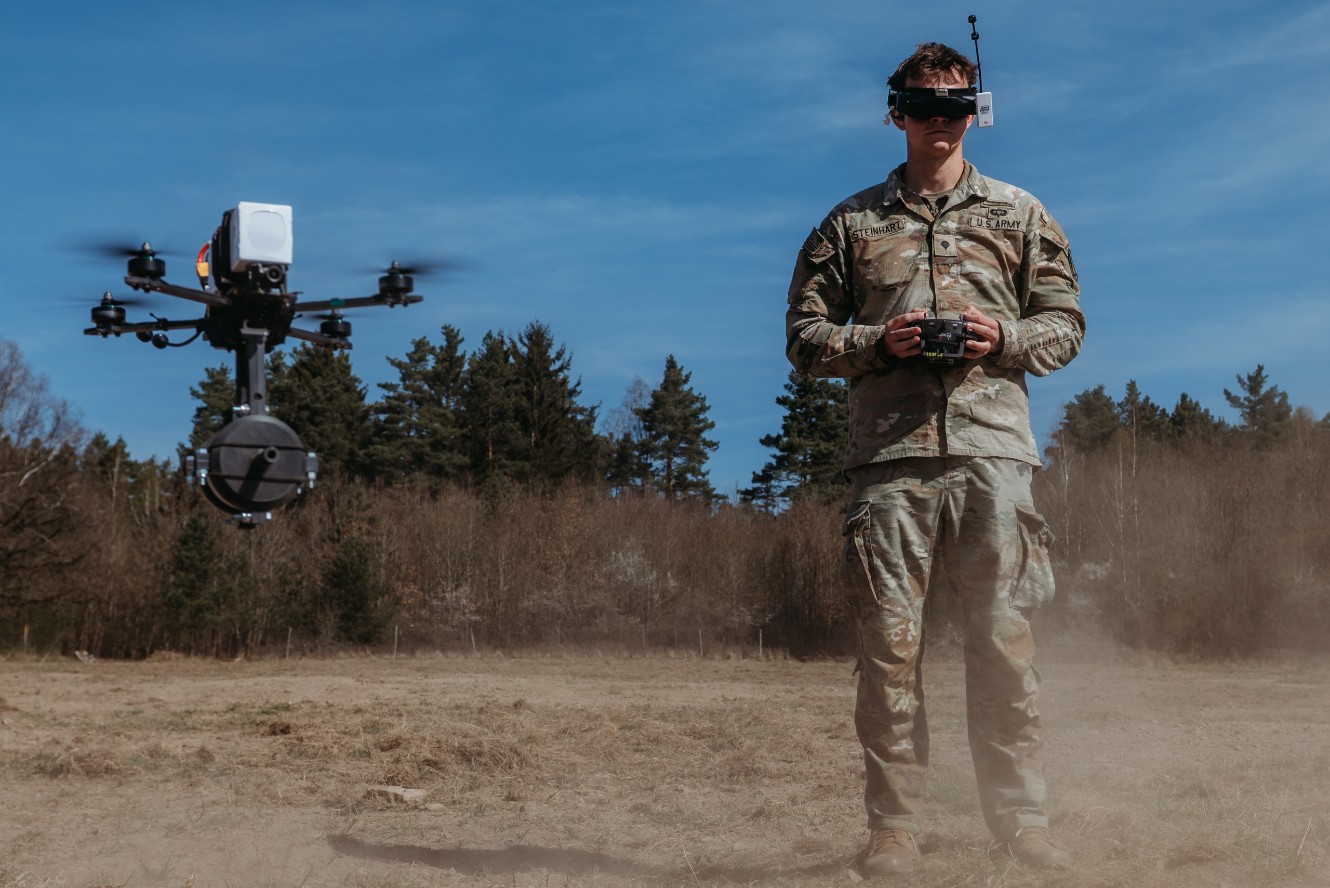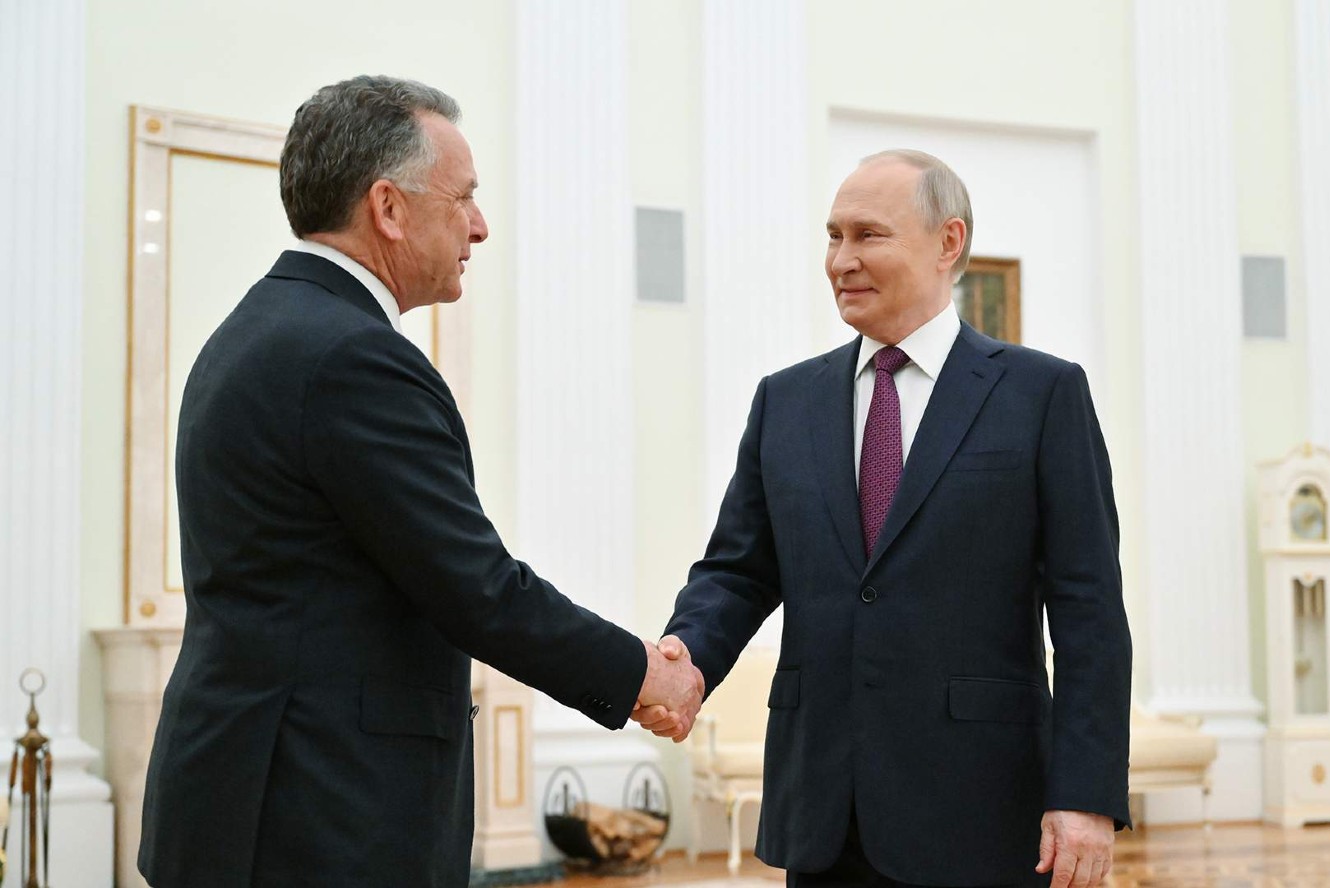Facing ‘fusion of foes,’ special ops leaders envision ‘SOF renaissance’
“In an era where technological advancement is rapidly changing, the character of war and threats are covering globally, our eight decades of experience has tailor-made SOF for strategic competition’s return,” USSOCOM chief Gen. Bryan Fenton said in his keynote address at SOF Week.


U.S. Naval Special Warfare operators and U.S. Coast Guard Maritime Security Response Team (West) members conduct visit, board, search, and seizure training aboard the 2nd Lt. John P. Bobo-class cargo ship USNS PFC Dewayne T. Williams (T-AK 3009) in the Andaman Sea, Dec. 15, 2024. (U.S. Navy Photo by Mass Communication Specialist 1st Class Alex Perlman)
SOF WEEK — The US military is facing an evolved threat in the form of a “fusion” of different adversaries, but with that danger comes a potential “renaissance” for special operations forces (SOF), two senior-most special ops leaders told the SOF Week conference today.
“A SOF renaissance is now upon us. In an era where technological advancement is rapidly changing, the character of war and threats are covering globally, our eight decades of experience has tailor-made SOF for strategic competition’s return,” US Special Operations Command chief Gen. Bryan Fenton declared.
Sharing the podium with Fenton was USSOCOM’s Command Sergeant Major, Shane Shorter, who said “complexities” associated with great power competition mean the United States is now facing a “fusion of foes,” including overlapping threats from China, Iran, North Korea, Russia and terrorist groups.
“Individually, each is dangerous. Together they are fusing. Adversaries coming together through convergence to collaborate. It’s a fusion of foes,” he warned.
Fenton went onto echo US Secretary of Defense Pete Hegseth’s comments made earlier in the day in which he said crisis response missions conducted by US SOF were up by 200 percent over the last three years. “That’s unprecedented,” Fenton added.
“Responding to those crises are way more challenging than they’ve ever been because the environment is contested and congested with integrated air missile defense in places we haven’t seen before. And that will continue,” he said. “And alongside our partners, we’ve been busy eliminating terrorists and ripping apart violent extremist organization [VEO] networks as part of our homeland defense mission. And even that’s gotten harder with state actors and terrorist organizations looking to fuse together, combine the threat of advanced conventional weapons and with all that in the mix, it’s a new ball game.”
To stay in that game, Shorter said it was critical that SOF innovate at breakneck speed.
“Now we need to modernize in weeks, sometimes in just days and this isn’t just about keeping pace, it’s about setting pace. And if you think about how SOF fights against fusion of foes, I think we need to be going after some of these game-changing technologies which sit firmly in the private sector now,” he added, referring to open-source intelligence from satellite images and software defined radios.
Shorter added USSOCOM has to “dominate uncrewed systems in the air, maritime surface and sub-surface.”
Fenton said, “If we have learned anything from our partners in Ukraine, it’s that you innovate in minutes, days and weeks, not years and decades.”
Finally, Fenton considered the future of special operations in the next five years and disclosed the completion of the first ever Global SOF Command Team conference, conducted at the USSOCOM headquarters at MacDill Air Base prior to SOF Week.
Describing how the event featured 300 senior SOF leaders from 63 partner nations, Fenton said the Global SOF network is now the “first mover in terms of achieving strategic outcomes” internationally.





















































































































































